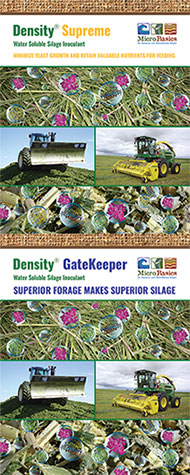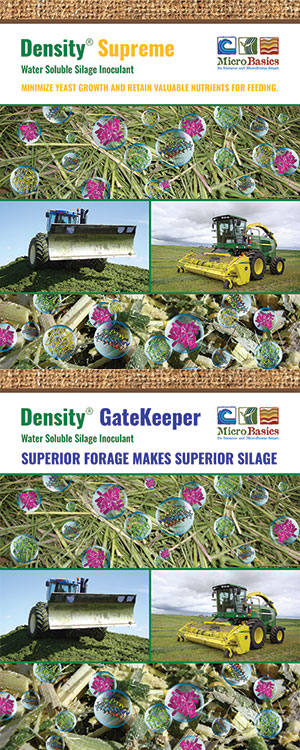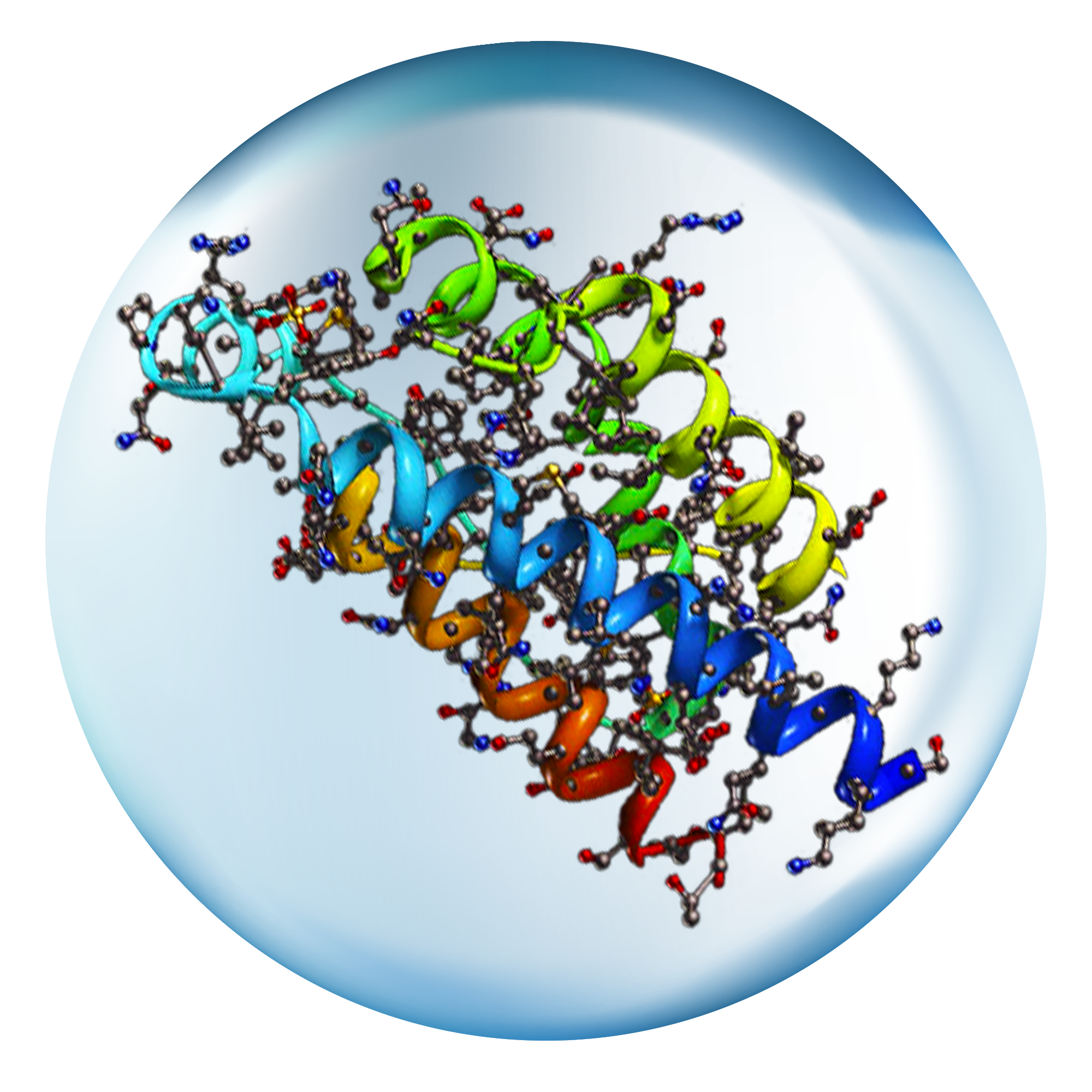Sheep DISTINCTION
DENSITY
Nutrient Insurance
Density is our line of forage inoculants loaded with enzymes and bacteria focused on dry matter retention, maximum nutrient preservation and stability. We see a future where forage inoculants preserve your animals’ feed in the most economical, nutrient dense fashion and are good for the environment.
Research has shown that forage inoculants:
- Lowers pH of ensiled crop
- Improves rate of fermentation on the front end
- Reduces the possibility of fermentation failures
- Increases dry matter retention
- Improves fiber digestibility
- Improves nutrient retention
- Decreases run off

Available Pre-mixed and Ready To Use
Visit our How To Order and Distributor pages
See What's Inside

Appropriate Dose
It should supply the minimum recommended level of 100,000 cfu’s of lactic acid producing bacteria (LAB’S) per gram of treated forage. These bacteria need to be active immediately.

Appropriate Strains
It should contain multiple strains typically found in forage crops. These strains increase the speed of silage fermentation and preserve optimal nutritional values.

Supreme Dose
Different strains of L. buchneri appear to be most effective at different rates or at least different rates are required. L. brevis has resulted in consistent improvement of Feed Out at rates as low as 100,000 cfu per gram.


Adequate Sugars
Enzymes break down complex carbohydrates to simple sugars that can be used by LAB in the fermentation phase. Enzymes help improve the digestibility of the forage fiber.

Supreme Strains
Contains “Homofermentative” lactic acid producing bacteria (L. plantarum) which leads to lactic acid production during fermentation, reducing pH and controlling the proliferation of undesirable bacteria. Heterofermentative lactic acid bacteria (L. buchneri,L. brevis) produce other organic acids, besides the lactic acid, and are used to inhibit yeast growth and ensure greater aerobic silage stability after the silage is opened. The combination of homo and heterofermentative bacterial strains aims to obtain a synergetic effect and avoid fermentative losses during the entire ensiling process.
